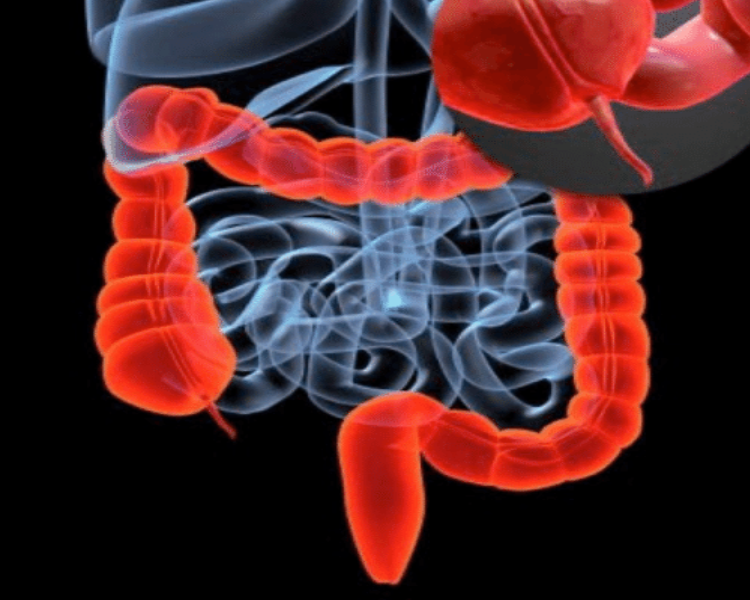
There are different surgical procedures for appendix removal. In this article, we will talk about Laparoscopic, Keyhole, and Open appendectomy. Also, we will talk about complications of an appendix operation. Before undergoing this type of operation, it is important to know the basic anatomy of the appendix. This will help you make an informed decision. However, before undergoing an appendectomy, it is important to understand all the steps involved in the procedure.
Laparoscopic appendectomy
A Laparoscopic appendectomy is a surgical procedure that uses a video camera and a tiny light attached to a long, thin tube to perform surgery on the appendix. The surgeon views the entire process through the video camera and makes one or more small incisions on the abdominal wall. Once the appendix has been identified, the surgeon inserts a laparoscope through the second incision. The surgeon then removes the appendix and sutures the remaining tissue. This type of appendectomy has many advantages over an open appendectomy. Recovery time is also much shorter.
Before the surgery, a small belly button incision is made. The surgeon then inserts a thin, lightweight video camera, or laparoscope, through the incision. The laparoscope acts as the surgeon’s “eyes,” allowing the doctor to see the organ from inside the abdomen. Once inside, the surgeon cuts the appendix away from the large intestine and removes it through the incisions. Once the surgery is complete, the surgeon will close the incisions with small bandages.
Open appendectomy
The open appendectomy working process is quite similar to that of keyhole surgery. An incision is made on the right side of the lower abdomen, and the appendix is removed through this incision. Then, the surgeon closes the incision with stitches and rinses the abdominal cavity. If the appendix is ruptured, fluid or abscess may be present in the abdomen. A laparoscopic appendectomy, on the other hand, uses three small incisions, and the surgeon guides the instruments using a television monitor.
In the open appendectomy working process, the surgeon makes a medium-sized incision in the lower right abdomen. He then inserts a tiny camera through the cut. This camera helps the surgeon see the area more clearly. He or she then inserts several other ports and long, narrow instruments. During the procedure, the appendix is disconnected and removed through the incision. The surgery requires general or spinal anesthesia.
Keyhole appendectomy
If you’re experiencing pain or discomfort from an appendix condition, you may be considering a keyhole appendectomy. This type of surgery makes three or four small incisions in your abdomen and uses a tiny camera to see inside your body. During the procedure, your doctor will remove the appendix by cutting the blood vessels that supply it and removing it. Once the appendix is removed, the incisions will be closed with dissolvable stitches. After surgery, the hospital will have nurses monitor your vital signs and record any problems during recovery.
A child undergoing an appendectomy will undergo several diagnostic tests to determine which type of procedure is right for them. The care team will also discuss your child’s medical history. They will ask about the last food and drink that your child has had, and they’ll set up monitors to keep an eye on their vital signs. Kids will sleep through the entire procedure under general anesthesia, so you should avoid doing anything strenuous before surgery.
Complications of appendectomy
The recovery process from an appendectomy begins in the hospital. Depending on the type of procedure performed and your overall health, you may be discharged within a few days. You should follow postoperative instructions regarding wound care, bathing, and resuming normal activities. Your surgeon will schedule a follow-up appointment in a few weeks. You should be able to drink clear liquids within a few hours of surgery and can start eating solid foods as soon as the surgeon deems it safe for you to do so.
After an appendectomy, patients will likely receive antibiotics to treat any infection that develops. Although it may seem redundant, its location make it prone to infection. While a simple antibiotic will treat an infection, the risks associated with an appendectomy include wound infection, abscess, and obstruction of the intestine. The first successful appendectomy was performed by Dr. William West Grant in 1885 in Davenport, Iowa on a patient named Mary Gartside.
Recovery from appendectomy
After an appendectomy, you will likely have several days to recover from the procedure. Recovery time depends on the type of appendectomy and your general health. In general, you should feel much better two to three days after the surgery. Your doctor will give you specific instructions for wound care and resuming normal activities. Afterwards, you will be cleared to drive and begin eating solid foods. However, it is important to refrain from prolonged sitting or climbing stairs for the first two weeks.
If your appendix ruptured or had an abscess, you will most likely experience pain in the abdomen and may require antibiotics. After the surgery, the doctor will clean and drain any excess fluid. A breathing tube may be inserted into your arm to keep your body temperature stable. Recovery time can vary greatly. The procedure is typically about two to four hours. You should be able to drive yourself home after a couple of days.
Appendix Operation Cost in Hyderabad
The Appendix Operation Cost In Hyderabad is dependent on a few factors, including the type of surgery performed, the hospital and doctor’s fees, and the diagnostic tests. While government hospitals generally charge very little, private hospitals charge a lot more. Diagnostic tests are used to determine the exact course of treatment, and they will add to the total cost of your bill. If you do not have insurance, the cost of the surgery may still be higher than what you were expecting.
An appendix operation in Hyderabad can cost anywhere from Rs. 30,000 to Rs. 60,000, depending on the surgeon and hospital. However, some hospitals offer lower costs for the same procedure. Moreover, if you choose an appendectomy with a laparoscopic procedure, the cost can be as low as Rs. 4,000. Appendectomy costs are higher in some hospitals than others, but a lower cost is usually the best option.
While the costs of an open appendectomy may be lower, the recovery time for laparoscopic surgery can be longer. Laparoscopic surgery, on the other hand, can allow you to return to work within a week. However, patients who undergo open surgery may take as long as two to four weeks to recover. Appendix surgery in Hyderabad is a serious surgical procedure, so it’s important to choose the best surgeon for your particular condition.
A normal CT scan does not rule out appendicitis, and a specialized surgeon may be necessary to make the surgical procedure successful. A multi-organ transplant hospital in Hyderabad may be able to perform this procedure at a lower cost. Appendectomy costs in India can range anywhere from Rs 5,000 to Rs 45,000, and the amount depends on the amount of fat you want removed, the sculpting required, and the type of technology used.



